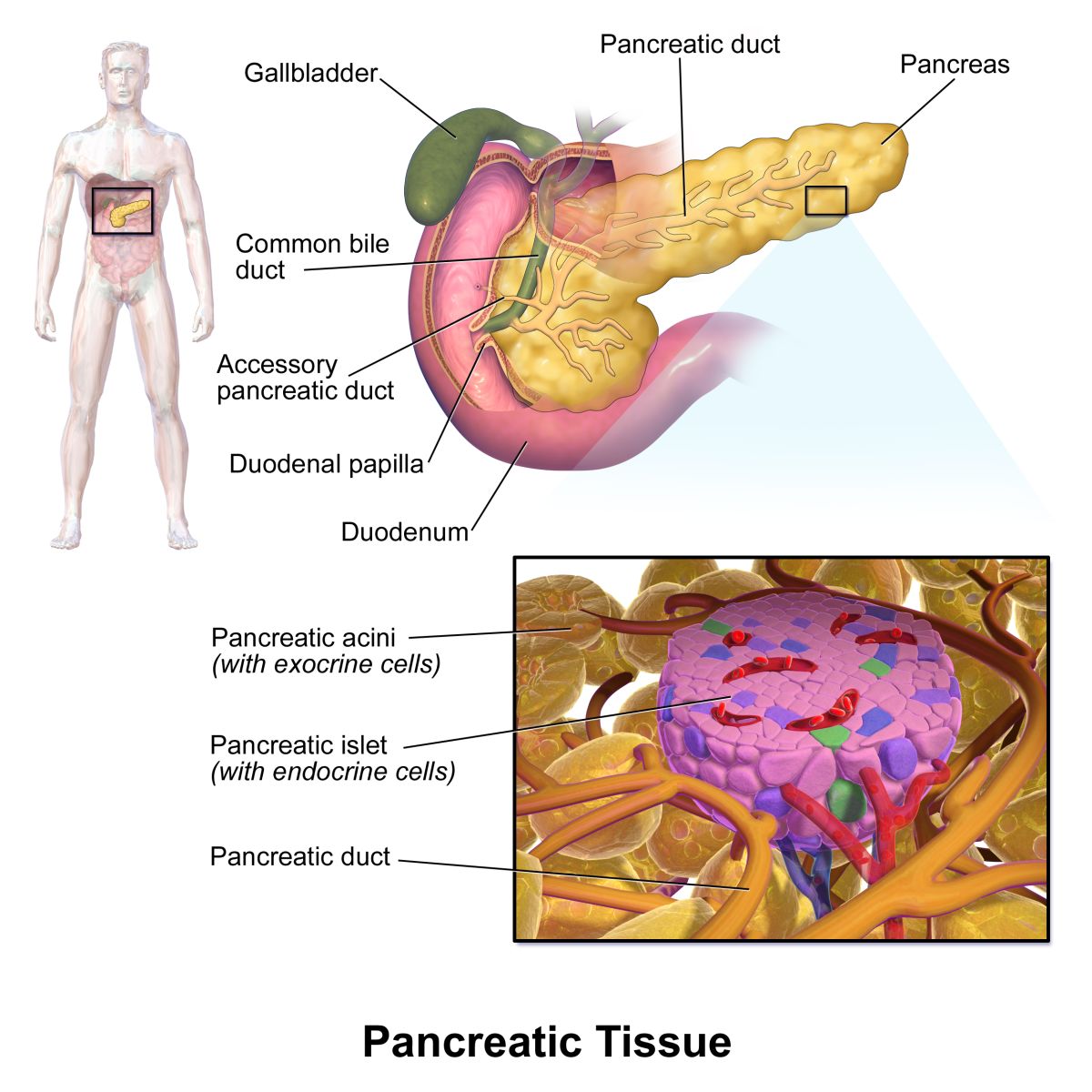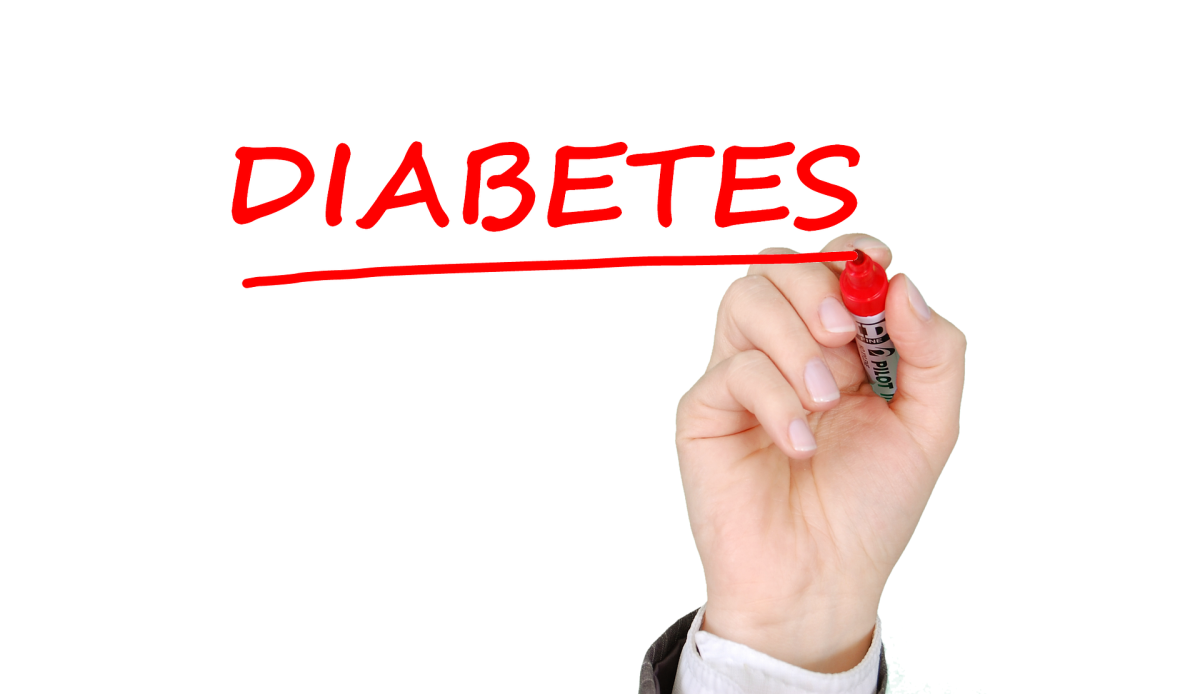Oral Hypoglycaemics in Type II Diabetes and Pregnancy
Oral hypoglycaemic agents are routinely used for the management of Type II diabetes. In fact, Metformin is the standard of care unless contraindicated, Traditionally these agents are best avoided in the management of Gestational diabetes. More data is emerging on the use of these agents in pregnant women and as pharmacists, we should be aware of such developments
Gestational diabetes mellitus (GDM) causes complications in 2 to 10% of pregnancies in America. [1] It is usually diagnosed at 24 to 48 weeks of gestation (second trimester). [1] Uncontrolled GDM can cause serious adverse effects for the mother and child which includes neonatal and maternal hyperglycemia, respiratory distress syndrome, macrosmia, hypertensive disorders in pregnancy and polyhydraminos. [1] Hence, safe and effective glycemic control is imperative in GDM. [1]
Mainly insulin had been used for GDM management. [1] However, the comparable efficacy, ease of use, low cost and better patient compliance to oral hypoglycaemic agents versus insulin has increased oral therapy use in GDM. [1] Although the effectiveness of oral antihyperglycemics (e.g. Glyburide and Metformin) are quite good, glycemic control failure still happens in about 20% of women which indicates further need to optimize therapy. [1]
Examples of demonstrating relevance of gained knowledge from evidence-based data to pharmacy practice
Metformin is a biguanide initially used to treat polycystic ovary syndrome related anovulation. [1] Its relative safety during the first trimester of pregnancy expanded its role for other indications like GDM. [1] Itreduces hepatic glucose production and intestinal glucose absorption and increases peripheral uptake and utilization of glucose.[1] Metformin used alone or combined with insulin displays similar safety and efficacy to insulin in GDM treatment.[1]
Compared to sulphonylureas, Metformin has two advantages of not causing maternal hypoglycaemia or neonatal hyperinsulinemia. [1] Doses of Metformin used in GDM range from 500 to 2500mg/day (in divided doses). [1] Metformin is completely renally eliminated unchanged in urine with active tubular secretion.[1]
A recent randomized clinical trial(RCT) by Niromanesh et al. (n=160 women with GDM) reported that “Metformin used alone at a median daily dose of 1500mg showed comparable maternal glycemic control to insulin. [1] Mean fasting blood glucose <95mg/dL was achieved in 74% (Metformin group) versus 79% (Insulin group) and mean postprandial glucose <120mg/dL was achieved in 81% of both treatment groups”. [1] Spaulonci et al. RCT (n =92) did not find glycemic control differences in “Metformin versus Insulin treatment groups (27% versus 21% respectively) and 12 of the 46 subjects receiving Metformin required supplemental insulin”. [1]
Overall, it is estimated that 10 to 46% of women with GDM treated with Metformin will need insulin to achieve glycemic control. [1]
Pregnancy changes drug pharmacokinetics like increased renal filtration and active drug transport in the kidney and altered intestinal activity. [1] Therefore, it is important for pharmacists to evaluate this and other changes that occur in pregnancy to optimize the use and selection of appropriate therapies for GDM. [1] However, evaluating pregnancy-associated effects on pharmacokinetics of Metformin is tricky because of issues associated with study designs and the unique dose-dependent Metformin pharmacokinetics that can mask pregnancy-induced changes (e.g. increased Metformin dose causes reduced bioavailability because of saturable intestinal absorption). [1]
One study (n=35) which evaluated Metformin pharmacokinetics during pregnancy revealed “renal clearances of 49% (mid pregnancy) versus 29% (late pregnancy) higher than in postpartum(p<0.01)”. [1] “Creatinine clearance increased by 29% and 21% respectively whereas net renal secretion clearance increased by 45% and 38% respectively, indicating a strong correlation between Metformin renal clearance and creatinine clearance”. [1] Therefore, creatinine clearance can be utilised as an estimate to determine Metformin pharmacokinetics. [1]
Glyburide (second generation sulphonylurea) enhances insulin secretion which is comparable to insulin towards controlling maternal glucose and decreasingmacrosmia incidence in GDM. [1] A randomized prospective study by Bertini et al. (n=70) found “no significant differences in fasting or post-prandial blood glucose with Acarbose versus Glyburide and Insulin”. [1] Despite higher reported failure to achieve glycemic in Acarbose versus Glyburide group in this small study, there was lower incidence of hypoglycaemia and macrosmia with Acarbose, making it a considerable antihyperglycemic for future GMD treatment studies. [1]
Data from RCT(randomized-controlled trials) by Rowan et al, Spaulonci et al, Niromanesh et al and Langer et al.show that Glyburide and Metformin have comparable safety and efficacy to insulin in GDM treatment and thus support their therapeutic use as alternatives to insulin in initial GDM pharmacotherapy though dosage regimens still require optimization. [1] Timing of administration is paramount in affecting tolerability and efficacy of these oral antihyperglycemics. [1] For example, because of metabolism induction, peak Glyburide concentrations are lesser in pregnant women versus non-pregnant women, hence Glyburide is best taken one hour before food to improve efficacy whilst Metformin administered with food helps minimize gastrointestinal adverse effects. [1]
Ibrahim et al. RCT (n=90, aged 20-42 years) concluded that “adding Metformin to Insulin therapy in insulin-resistant diabetes in GDM” appears effective in successful glycemic control in a significant proportion of women showing“benefits of reduced hospital-stay, decreased frequencies of maternal hypoglycaemia and neonatal hypoglycaemia, neonatal intensive care unit admissions (NICU) and neonatal respiratory distress syndrome”. [2]
Pilot RCT by Refuerzo et al (n= 8 on Metformin and n=11 on Insulin) reported that all women achieved glycemic control by delivery with similar rates of caesarean delivery, birth weights, NICU admissions, respiratory distress syndrome and neonatal dextrose treatment with one case of foetal macrosmia in the Insulin group and once case of dystocia in the Metformin group and no cases of failed Metformin therapy. [3]
More clinical studies evaluating safety of higher dosages of oral antihyperglycemics (considering pregnancy-induced pharmacokinetic changes, maternal and foetal complications) and long-term comparative studies of Glyburide versus Metformin(that examine maternal, foetal and neonatal outcomes) are still required because for example, the safety of Glyburide doses above 20mg/day has not been investigated although the dosage strategy of prescribing higher doses of Glyburide has been suggested to compensate for seemingly increased oral clearance due to pregnancy . [1] Individualised therapeutic decisions are necessary to account for differences in population characteristics, dosing regimens, initiation and duration of therapy, patient compliance and dietary intake to optimize the success of GDM treatment. [1,3]
Reflection
Pharmacokinetic changes occurin pregnancy. Unique dosing strategies can affect drug efficacy and tolerability. Patient adherence is important in ensuring successful and optimal glycemic control in GDM and oral antihyperglycemics have shown promising not only from a compliance factor as an alternative GDM treatment to Insulin.
REFERENCES
1)Ryu RJ, Hays KE and Hebert MF. Gestational diabetes mellitus management with oral hyperglycaemic agents. Sem. Peri. 2014 (38);508-515
2) Ibrahim MI, Hamdy A, Shafik A, Taha S, Anwar M and Faris M. The role of adding Metformin in insulin-resistant diabetic pregnant women:a randomized controlled trial.ArchGynecol Obstet. [Internet].2014 /May;289 (5): 959-65. Available from: https://www-ncbi-nlm-nih-gov.ezproxy.utas.edu.au/pubmed/24217938
3)Refuerzo JS, Gowen R, Pedroza C, Hutchinson M, Blackwell S and Ramin S. A Pilot Randomized controlled trial of Metformin verus insulin in women with type 2 diabetes mellitus during pregnancy.Amer J Perinatol.[Internet].2015;32(2):163-170. Available from: https://www-thieme-connect-com.ezproxy.utas.edu.au/DOI/DOI?10.1055/s-0034-1378144








